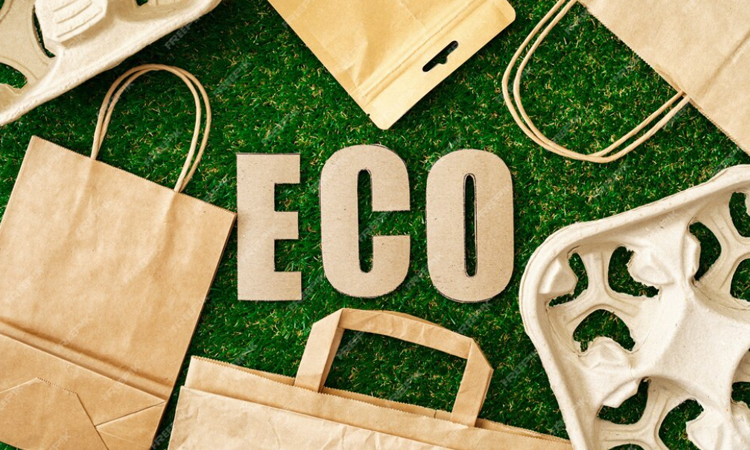In a world striving for a healthier environment, the significance of eco-friendly materials cannot be overstated. These materials are derived from sustainable resources and manufactured to have minimal impact on the environment.
From everyday items to complex structures, eco-friendly materials offer a variety of advantages. They are made from renewable resources like bamboo, cork, and organic cotton, to name a few. These materials reduce our reliance on non-renewable resources, making them more sustainable and environmentally conscious.
Some eco-friendly materials, such as recycled plastic or biodegradable substances, reduce the generation of waste and help combat the mounting problem of non-degradable plastics. They are designed to decompose, diminishing the environmental burden.
What makes these materials special is not just their source but also their production methods. Unlike conventional materials, the production of eco-friendly materials often involves less energy, produces lower emissions, and decreases the environmental pollution caused by harmful chemicals.
There are numerous applications for eco-friendly materials. From construction and home improvements to everyday products like clothing, packaging, and household items, these materials contribute to a greener lifestyle.
The journey towards sustainability and reducing our carbon footprint involves the conscious adoption of these eco-friendly materials. Choosing to embrace these materials when making purchasing decisions can contribute significantly to a healthier planet. It is a small change in our habits that collectively yields a considerable positive impact on the environment and the future of our world.
Next On Your Reading List:


